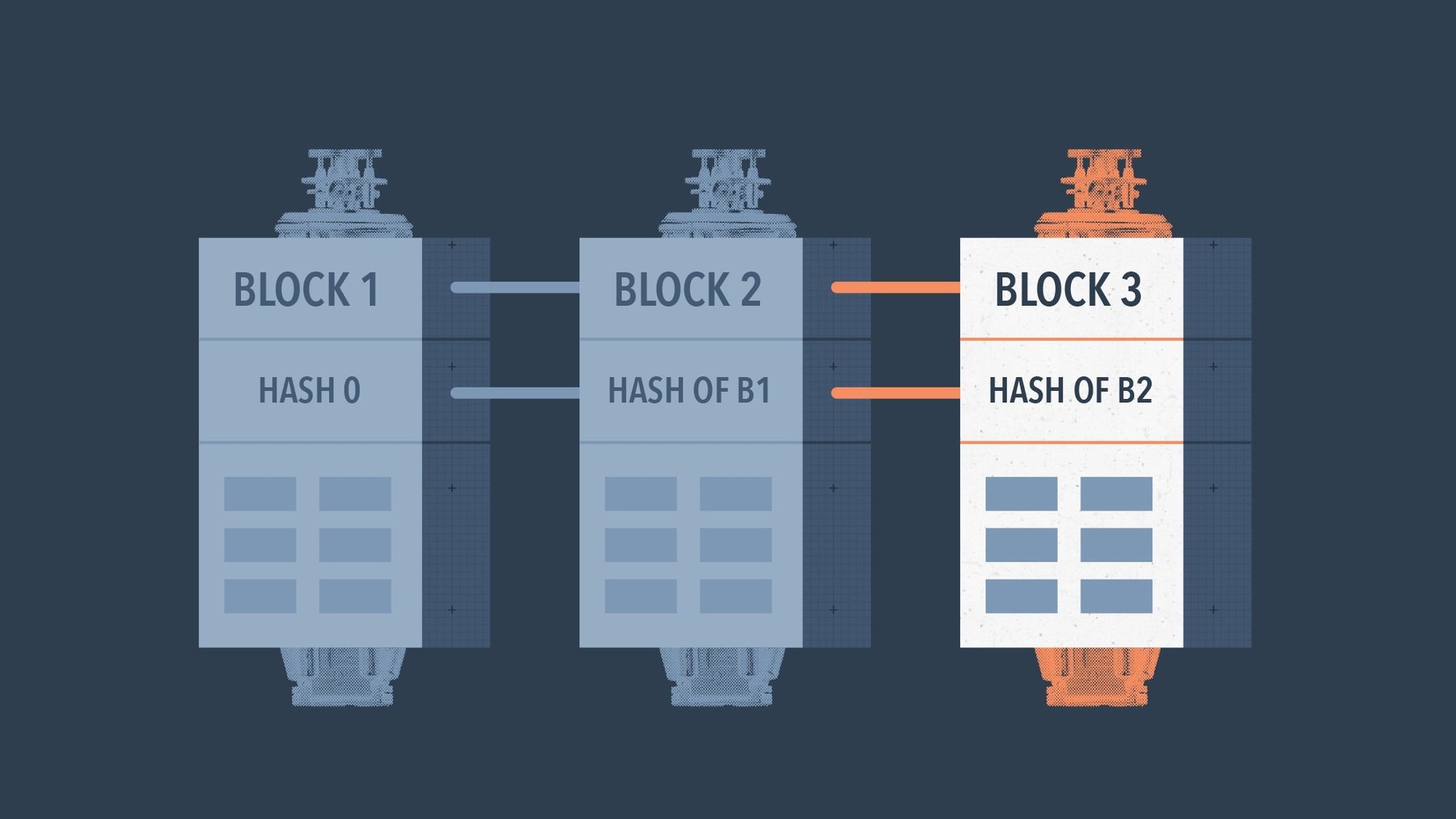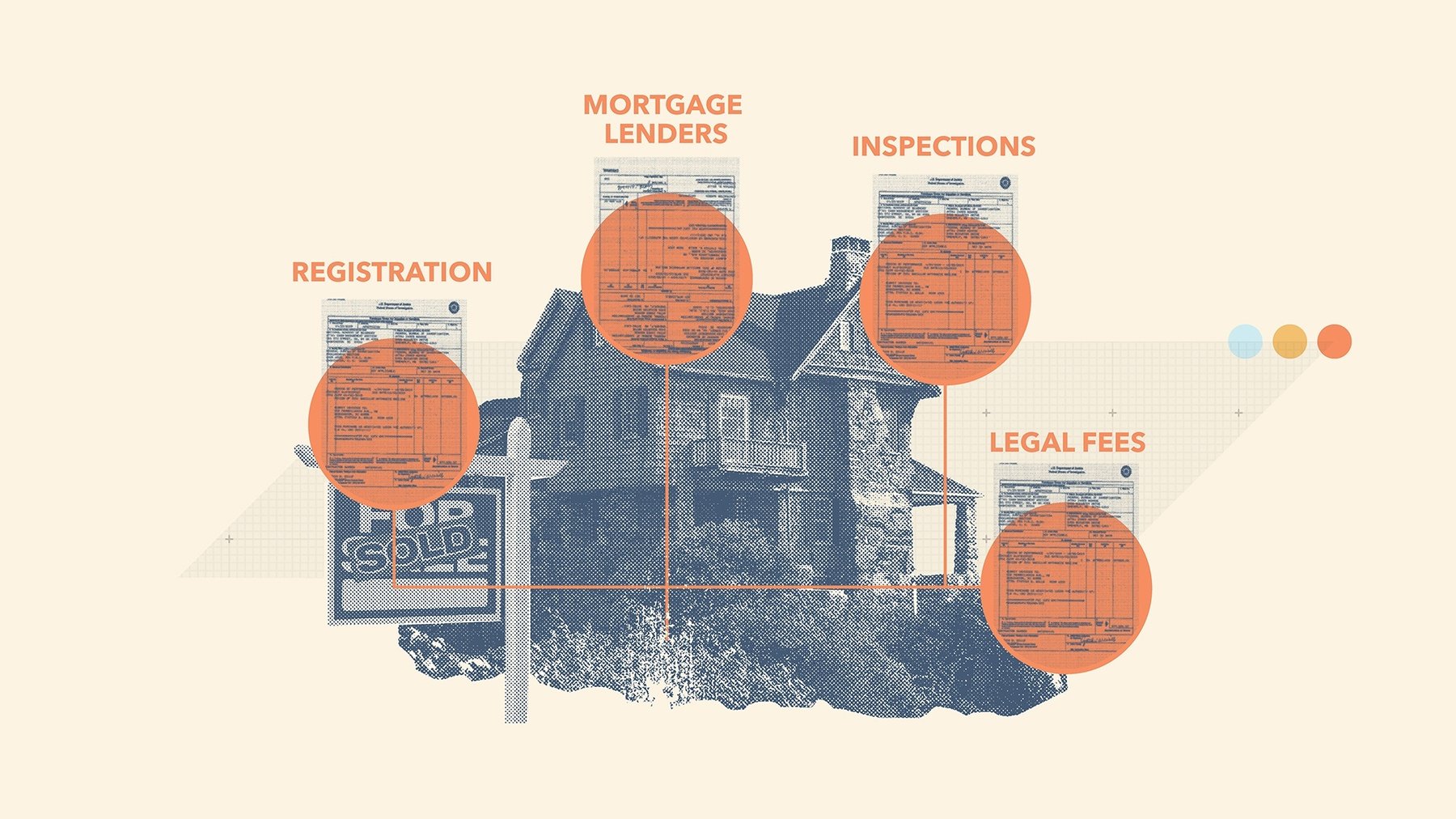The uses for blockchain technology extend far beyond bitcoin. But what is blockchain? What is blockchain? In simple terms, blockchain is a ledger system that uses an open, distributed record to keep track of transactions — transactions could mean cryptocurrencies, medical information, voting or home records, and more. Early on, blockchain users mostly tried to make better versions of bitcoin. Applications of Blockchain Okay, so we’ve talked about what blockchain is, how it works, and the benefits of using it, but is anyone actually using this technology? However, there are some ways they can start experimenting with blockchain applications. Accepting bitcoin payments. If you start accepting bitcoin as alternative payment, your business could then start experimenting with a blockchain application that is increasingly novel but still has a low level of complexity — a private blockchain ledger to record all transactions. Once you have a good handle on these more simple applications, consider using more complex blockchain applications like smart contracts.
Do you remember where you were the first time you heard about bitcoin? I do. The year was 2013. One of my friends briefly mentioned bitcoin while discussing how advancements in technology made it much more challenging to create timely policy. He used bitcoin as an example because it was the currency of choice for Silk Road: the now-defunct drug trafficking website. Just a little over five years ago, bitcoin was primarily used in the dark corners of the internet to purchase illicit goods on the black market. With that knowledge, I pushed bitcoin to a dark corner of my mind … until recently when I saw that the Winklevoss twins had become bitcoin billionaires. Say what?
The price of bitcoin in June 2013? About $100. The price of bitcoin today? $11,392. Yes, I am suffering from an extreme case of FOMO. Thanks for asking.
I bet many of you have your own bitcoin story. Maybe you bought bitcoin early and sold it a few years ago when it started to see marginal success? Maybe you just heard about it a few weeks ago and felt like it’s too late to get in the game? Or maybe you’re just confused by all these headlines about cryptocurrencies, digital mining, and … CryptoKitties? Hey, I get you. My cat is very much alive and very much scratches my new couch.
But what if I told you the biggest opportunity for businesses of any kind is actually related to the technology that underlies bitcoin — known as blockchain. Blockchain, the public ledger that records allbitcoin transactions, is more than just a fad — it’s changing life as we know it.

Don’t believe me? Follow along to learn more about blockchain and how it works, who’s using it, and the future of the technology. Feel free to email, bookmark, or jump to the section that interests you most.
All About Blockchain
Okay, I know what you’re thinking, this writer’s exaggerating — there’s no way this technology is “changing life as we know it.” While I’ve been known to occasionally have a flair for the dramatic, I promise that this is not one of those times. The uses for blockchain technology extend far beyond bitcoin. But what is blockchain?
What is blockchain?
In simple terms, blockchain is a ledger system that uses an open, distributed record to keep track of transactions — transactions could mean cryptocurrencies, medical information, voting or home records, and more.
These transactions get packaged into blocks, and each block gets verified by other users in the system by completing a math problem. Once a block gets verified, it cannot be altered and gets added to a chain of other permanent, previously verified blocks. The records held within these blocks form a blockchain, and the blockchain’s users all keep track of this record. It’s basically a giant, shared ledger, but in practice, it’s much more exciting than that.
Let’s say the hoverboard you bought last year isn’t all it’s cracked up to be — you feel much safer with your feet solidly on the ground. You could use a third-party seller like eBay to sell it. These sellers act as the marketplace that connects you (the seller) to potential buyers; they make money by charging fees. In this case, let’s pretend the buyer is from Germany. When you make a sale on eBay, the platform verifies the transaction with your bank and the purchaser’s bank. It also confirms your hoverboard and the end buyer both exist. But if you use blockchain technology to sell your hoverboard, you can cut out all the middlemen while still maintaining a safe, speedy, and secure transaction — even internationally. No eBay, no banks, no fees, and no exchange rate — it’s that easy. Now, some lucky kid in Germany can hover around with all their friends … or whatever it is you do on hoverboards.
History of Blockchain
Before we dive into exactly how blockchain makes this possible, let’s talk about the history of blockchain. In October 2008, the secretive founder of bitcoin Satoshi Nakamoto introduced the world to peer-to-peer electronic payments. His cryptocurrency formed the world’s first blockchain. Because bitcoin’s software is open source, allowing anyone to see, reuse, and adapt the code behind it, it didn’t take long before users started modifying it for different purposes.
Early on, blockchain users mostly tried to make better versions of bitcoin. Litecoin, an alternative cryptocurrency developed by a former Google employee, aimed to provide faster transactions. Others, like the meme-inspiredDogecoin, were created for people turned off by bitcoin’s high price point.

Namecoin.org developed one of the first uses of blockchain for something other than cryptocurrencies. The technology uses blockchain to register .bit domain names as an alternative to the primary domain name management system. Namecoin makes it extremely difficult for external players, like the government, to take control of websites. Because .bit domains get registered in a blockchain, they are nearly impossible to change without knowing the encryption key.
The next significant innovation came in 2013 when a small startup named Ethereum put out a paper outlining a way for developers to easily create entirely new blockchains without relying on bitcoin’s original code. Two years later, Ethereum launched their new platform, allowing users to expand blockchain’s functionality beyond cryptocurrencies.
Currently, companies and individuals are exploring how to use blockchain technology in healthcare, energy, supply chain management, and many other industries. But more on that later.
How Does Blockchain Work?
Although there are different ways to set up a blockchain,Harvard Business Review laid out five principles that all blockchains have in common. Firstly, all blockchains use a distributed database — this means that every user in a blockchain can access the complete database, including its past transaction history. This transparency allows users to verify any information they need and to complete transactions directly, without any intermediaries.
Secondly, any transactions or communications get conducted between peers. Each user stores records and sends information directly to all other parties in a blockchain. Because of this technology, intermediaries and central storage institutions, like banks, are unnecessary. Users have all the information they need to vet other users, otherwise known as nodes.
Third, although blockchains are transparent, each user associated with a blockchain can remain anonymous. To protect users’ identities, each user has their own unique “30-plus-character alphanumeric address” that they use in place of a name. Users can choose to share their identity or remain anonymous with their blockchain address.
The alphanumeric addresses are also used to verify transactions. You may have heard the term “mining” associated with bitcoin. When someone “mines” bitcoin they aren’t digging around in the earth in search of a bitcoin filled hard drive … except for that one time. Rather, here’s how mining actually works: When someone wants to make a transaction, and therefore add new record or “block” to the ledger, they first need to solve what is essentially a math problem. Computers use their computing power to “mine” for the answer, which is vetted by the network of users. If the answer is correct, the new block is added to the ledger. A token, also known as a coin, is generated when this occurs —almost like a receipt to prove it happened.

Fourth, because blockchain uses a digital ledger, the entire transactional process can be automated using algorithms. For example, when you buy a house, you pay for a lot of other small costs like title registration, mortgage lenders, inspections, and legal fees. There are all these other people involved to provide access, regulate, and administer a sale from one person to another. But a lot of this complexity disappears with blockchain. You can record property data and even build in digital rules — called smart contracts — that, once fulfilled, allow the system to automatically transfer a property title or money forpurchase.

The fifth characteristic of blockchain is that, once a record gets created, it cannot change. When miners verify a transaction, that record is shared with every other party in the blockchain as part of the decentralized ledger. Part of each verified transaction is also used to generate the math puzzle for the next block in the chain. This means each transaction gets linked to the ones that came before it and all those transactions get stored across multiple computers with no single point of failure.
Blockchains can also be public or private. Both types of networks share the five characteristics listed here but have one major difference. A public blockchain is open to the general public and anyone can join, execute and verify transactions, and everyone maintains a copy of the decentralized ledger. The bitcoin blockchain is currently one of the largest examples of a public blockchain network. In a private blockchain, participation is limited to users who receive an invitation to join the network and are granted permission to enter. Think of it like the early days of Facebook when users needed email addresses from certain schools. Aside from the increased security offered by private blockchains, they are also much more cost efficient since much less computing power is required to verify transactions in a smaller network.
Still confused? I don’t blame you. Here are some talking points on how blockchain works for your next cocktail party.
- Blockchains are completely transparent. Any user can view any transaction from now until the end of time.
- All transactions get completed between individual users. Say goodbye to intermediaries.
- Even though blockchains are transparent, a user’s identity doesn’t have to be. All users are assigned a public address to use in place of a name during transactions.
- Because blockchains live online, we can use algorithms to automate future transactions — just like you automatically pay your Netflix subscription every month.
- Once a block gets added to a blockchain, it’s there forever — no ifs,ands, or buts.
Got it? Let’s move on.
Benefits of Blockchain
If you’ve stuck with me this far, congratulations are in order!Blockchainis complicated stuff. You may be thinking, if blockchain is basically just a new way to organize records, why are people so excited about it? Don’t worry! This is the part of the article where we talk about the benefits of blockchain and how it has the potential to change the world.
Blockchain Security
One of the largest benefits of blockchain is its ultra-secure network. Because data transmitted using blockchain is inherently encrypted, it’s much more secure than the standard username-password security system. However, the real security benefits come from blockchain’s network of users.
Decentralized data stored using blockchain makes it extremely difficult to hack into because no “single point of failure” exists. What does all this mean? Let’s say you have all your documents backed up on a single hard drive. If that hard drive is lost, stolen, or destroyed, all of your documents are gone … forever. But if all your documents are saved on thousands of different hard drives, it’s unlikely that you’ll ever lose your data. That’s…

COMMENTS